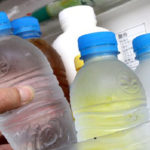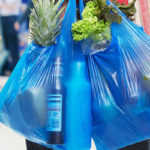Identifying and discarding potentially harmful tableware is essential for protecting your family’s health. Here are four types of chopsticks and bowls that you should avoid keeping in your kitchen for the sake of your long-term well-being:
1. Low-quality plastic bowls and chopsticks
Plastic tableware has long been a popular choice for many families due to its convenience, affordability, and unbreakability. However, low-quality plastic tableware can pose a hidden danger.
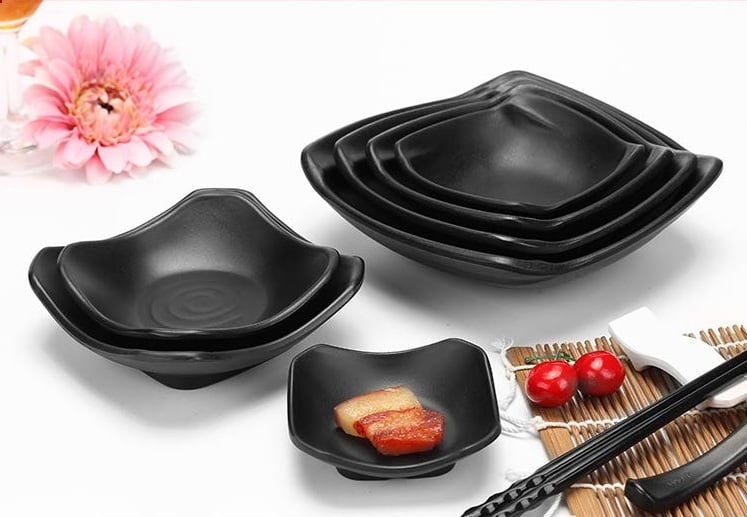
Contain harmful chemicals and should be discarded.
These products are often made from recycled plastic and contain toxic chemicals such as BPA (Bisphenol A) or phthalates.
When in contact with hot food, these chemicals can leach into the food, leading to serious health issues such as endocrine disruption, cancer, and reproductive problems.
To safeguard your family’s health, immediately get rid of untraceable plastic products and opt for safer alternatives like BPA-free plastic tableware or, even better, natural materials such as ceramic or glass.
2. Lead-glazed ceramic bowls and chopsticks
Ceramic tableware with a glazed finish often adds a touch of elegance and sophistication to family meals. However, not all ceramic products are safe for your health.
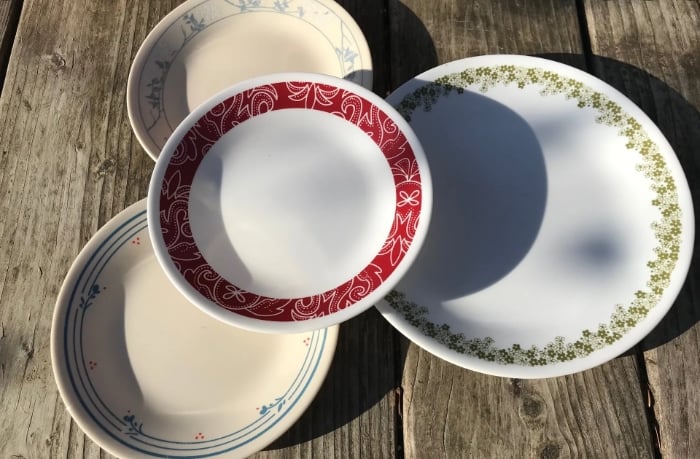
Ceramic tableware containing lead can be harmful to your health.
Many glazed ceramic products contain lead and cadmium in the glaze, especially those with vibrant colors that are sold without proper quality control.
When used for food, especially acidic or hot dishes, lead and cadmium can leach into the food and, subsequently, into the bodies of those who consume it.
Lead accumulation in the body can lead to poisoning, affecting the nervous system, kidneys, and other vital functions.
To avoid this risk, purchase ceramic tableware from reputable brands with clear origins and safety certifications.
3. Mold-prone wooden chopsticks
Wooden chopsticks are favored by many for their rustic charm and environmental friendliness. However, if not properly maintained, wooden chopsticks can become a breeding ground for bacteria and mold.
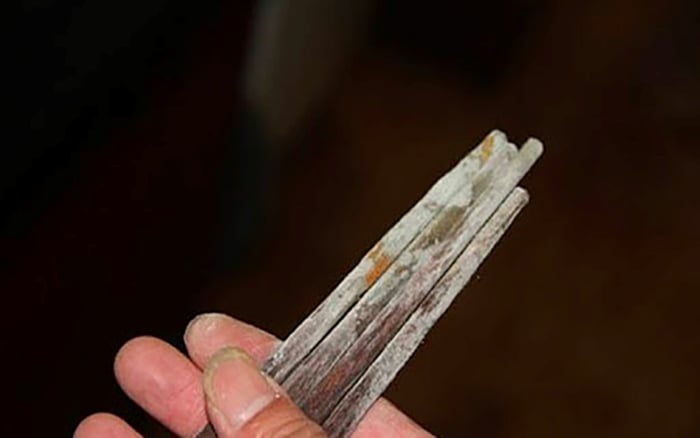
In humid environments like kitchens, wood easily absorbs moisture, creating the perfect environment for mold growth.
Using moldy wooden chopsticks can cause various health issues, ranging from digestive problems to infections, with a particular risk of developing liver scarring and the deadly liver cancer.
To protect your family, regularly inspect and discard wooden tableware showing signs of mold. Consider choosing wooden chopsticks treated with a waterproof coating or opt for alternative materials like stainless steel or ceramic chopsticks for added safety.
4. Bowls with scratched and cracked surfaces
Over time, bowls may develop scratches and cracks, which many people tend to overlook.
However, these imperfections can become ideal hiding places for bacteria, even with thorough washing.
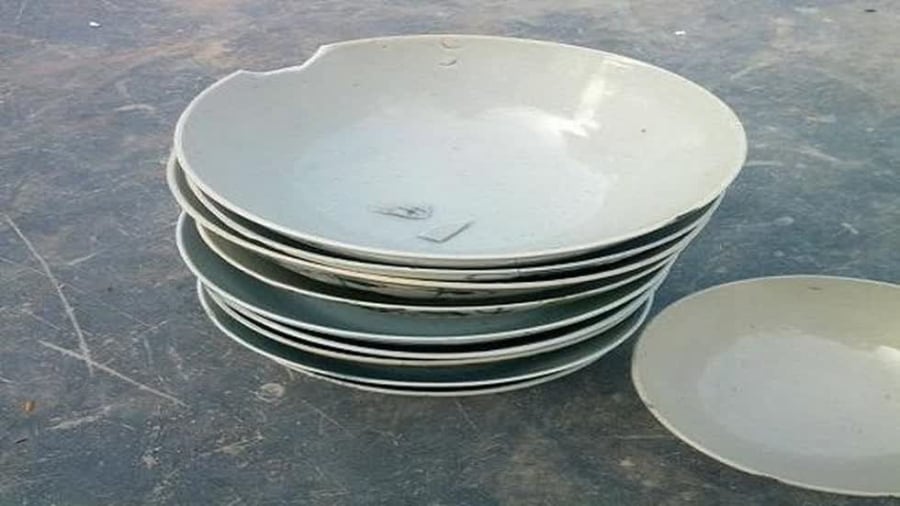
Using such tableware can lead to bacterial infections, especially when handling raw or undercooked food.
To ensure your family’s safety, regularly inspect and replace damaged or cracked bowls. Opting for durable and easy-to-clean materials like glass, stainless steel, or high-quality ceramic can help minimize this risk.





























